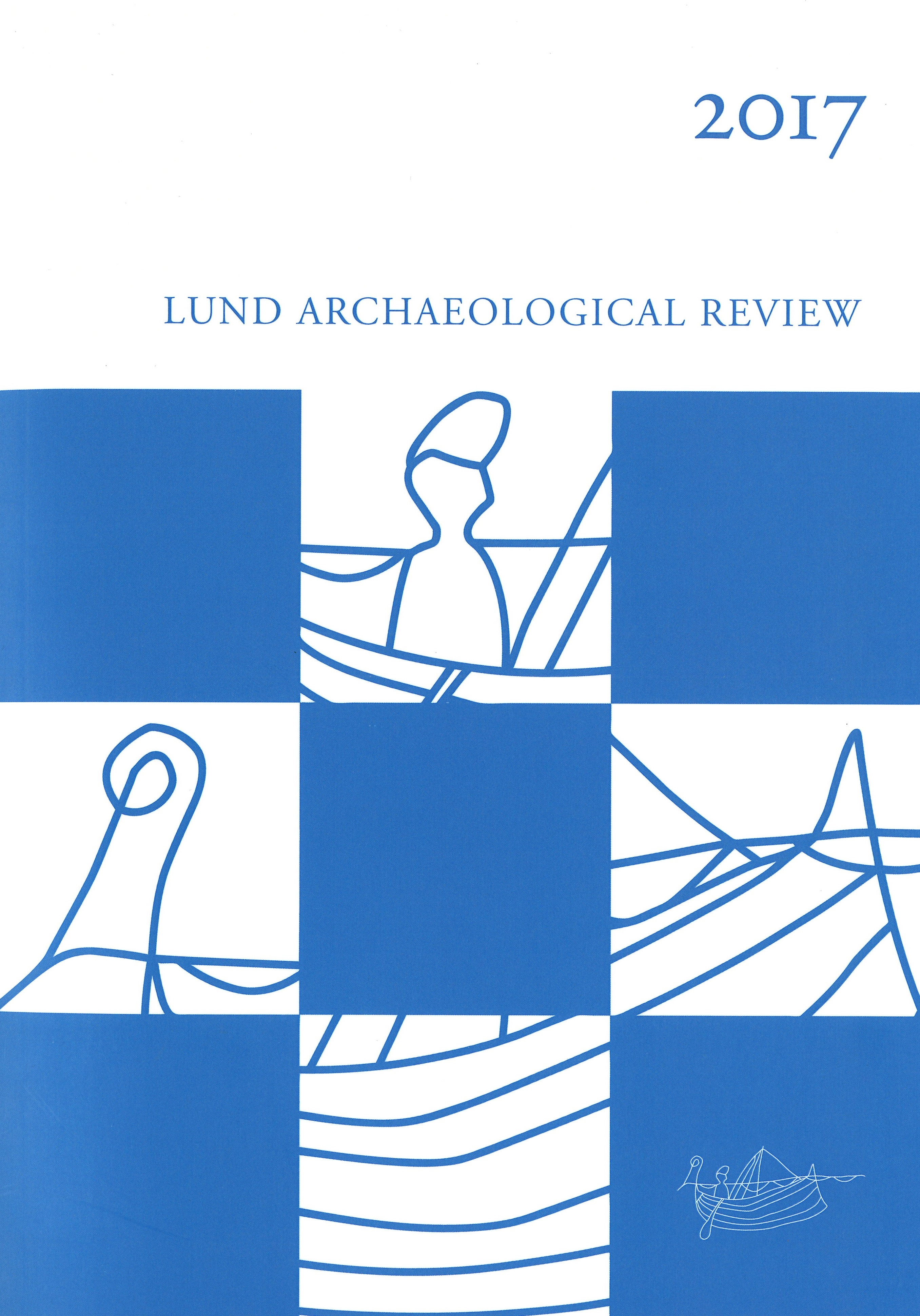Medieval Motala
Economic Resources, Stakeholders and Urbanization
Abstract
Motala in western Östergötland is one of the places discussed in connection with urbanization, although it was not formally a town in the Middle Ages. It has a favourable geographical location, in a bay where Lake Vättern flows into Motala Ström. Several major medieval landowners had interests in mills and permanent fishing installations in and around Motala. Historical sources from around 1400 mention some 40 plots, making the place stand out from the surrounding countryside. One source records craftsmen as plot tenants: a smith, a sword grinder and a shoemaker.
Recent years’ excavations have uncovered a 14th-century forge and extensive remains of the manufacture of iron, bronze and copper objects. Together with written records, the results show that metals were processed here, mainly during the second half of the 14th century, when Motala can be compared in certain respects with places like Jönköping, Nyköping and Norberg.


